
Eugene Merle Shoemaker (April 28, 1928 – July 18, 1997), also known as Gene Shoemaker, was an American geologist and one of the founders of the field of planetary science.
He is best known for co-discovering the Comet Shoemaker–Levy 9 with his wife Carolyn S. Shoemaker and David H. Levy.
Shoemaker was born in Los Angeles, California, the son of Muriel May, a teacher, and George Estel Shoemaker, who worked in farming, business, teaching, and motion pictures.
For his Ph.D. degree at Princeton (1960), Shoemaker studied the impact dynamics of Barringer Meteor Crater, located near Winslow, Arizona.
To understand the dynamics, Shoemaker inspected craters that remained after underground atomic bomb tests at the Nevada Test Site at Yucca Flat.
He found a ring of ejected material that included shocked quartz, a form of quartz that has a microscopically unique structure caused by intense pressure.
Shoemaker helped pioneer the field of astrogeology by founding the Astrogeology Research Program of the United States Geological Survey in 1961 at Flagstaff, Arizona and he was its first director.
He was prominently involved in the Lunar Ranger missions to the Moon, which showed that the Moon was covered with a wide size range of impact craters. Shoemaker was also involved in the training of the American astronauts.
He himself was a possible candidate for an Apollo Moon flight and was set to be the first geologist to walk on the Moon but was disqualified due to being diagnosed with Addison's disease, a disorder of the adrenal gland.
He was a CBS News television commentator on the early Apollo missions, especially the Apollo 8 and Apollo 11 missions, appearing with Walter Cronkite during live coverage of those flights.
He was awarded the John Price Wetherill Medal from the Franklin Institute in 1965.
Coming to Caltech in 1969, he started a systematic search for Earth orbit-crossing asteroids, which resulted in the discovery of several families of such asteroids, including the Apollo asteroids.
Shoemaker advanced the idea that sudden geologic changes can arise from asteroid strikes and that asteroid strikes are common over geologic time periods.
Shoemaker received the Barringer Medal in 1984 and a National Medal of Science in 1992.
In 1993, he co-discovered Comet Shoemaker–Levy 9 using the 18" Schmidt camera at Palomar Observatory.
Shoemaker spent much of his later years searching for and finding several previously unnoticed or undiscovered impact craters around the world.
Shoemaker died on July 18, 1997 during one such expedition in a head on car accident while on the Tanami Road northwest of Alice Springs, Australia.
On July 31, 1999, some of his ashes were carried to the Moon by the Lunar Prospector space probe in a capsule designed by Carolyn Porco.
The Near Earth Asteroid Rendezvous space probe was renamed "NEAR Shoemaker" in his honor.
It arrived at asteroid 433 Eros in February 2000, and landed on the asteroid after a year of orbital study.
He was previously honored with the asteroid 2074 Shoemaker, discovered and named by his colleague Eleanor F. Helin.
Source: Link
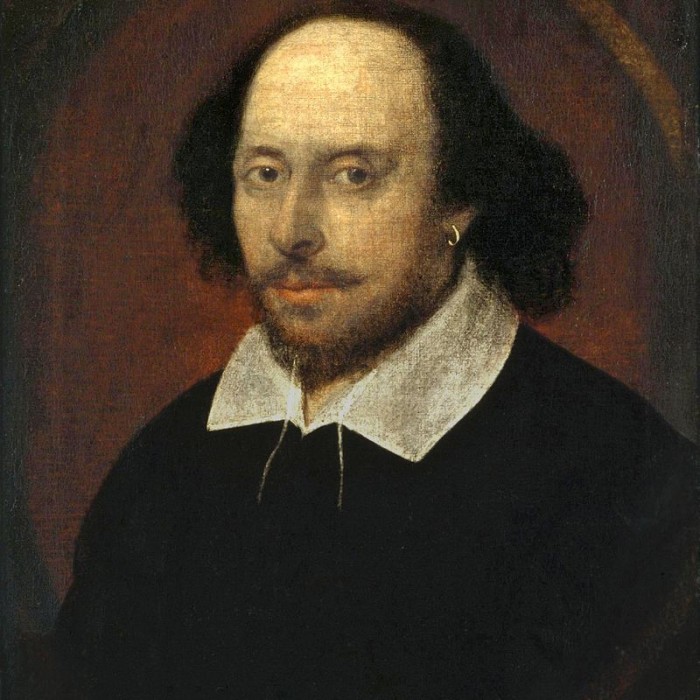
1564 - 1616

1803 – 1882

1854 – 1900
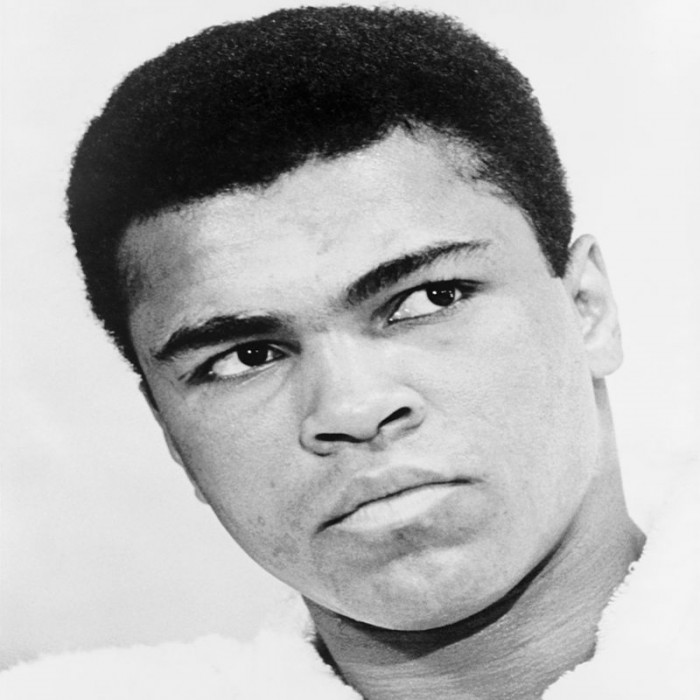
1942 – 2016
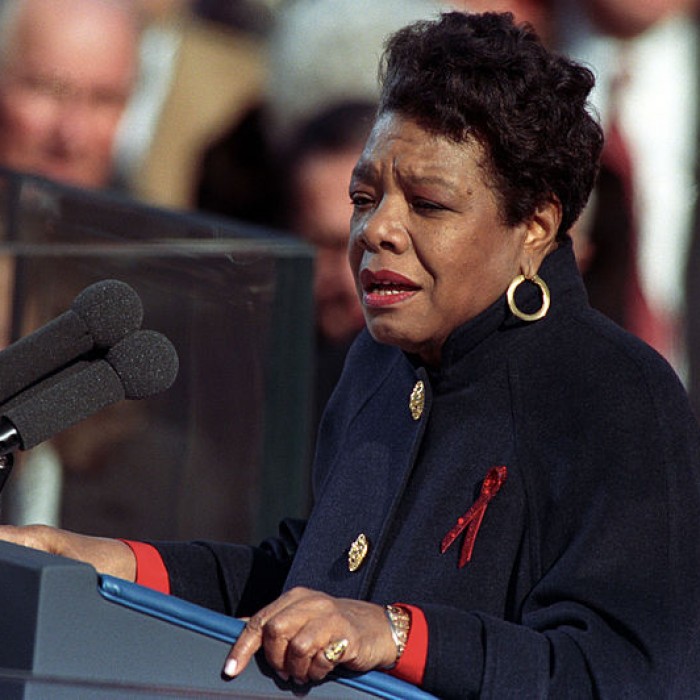
1928 – 2014

1835 – 1910

1869 – 1948
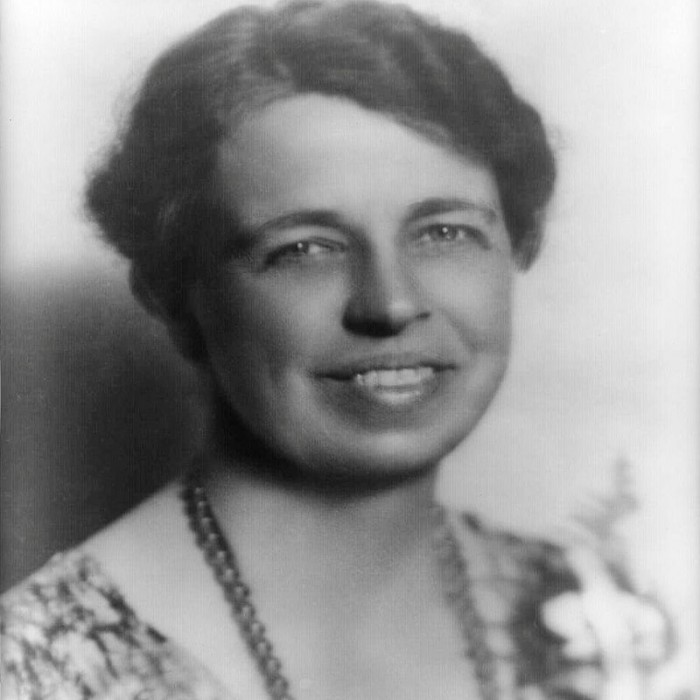
1884 – 1962
1898 – 1963

1929 – 1993
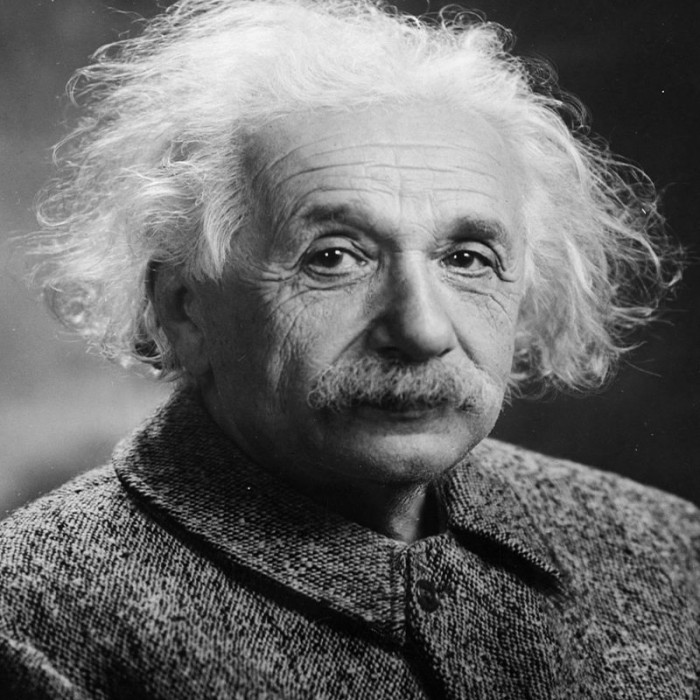
1879 – 1955

1809 – 1865
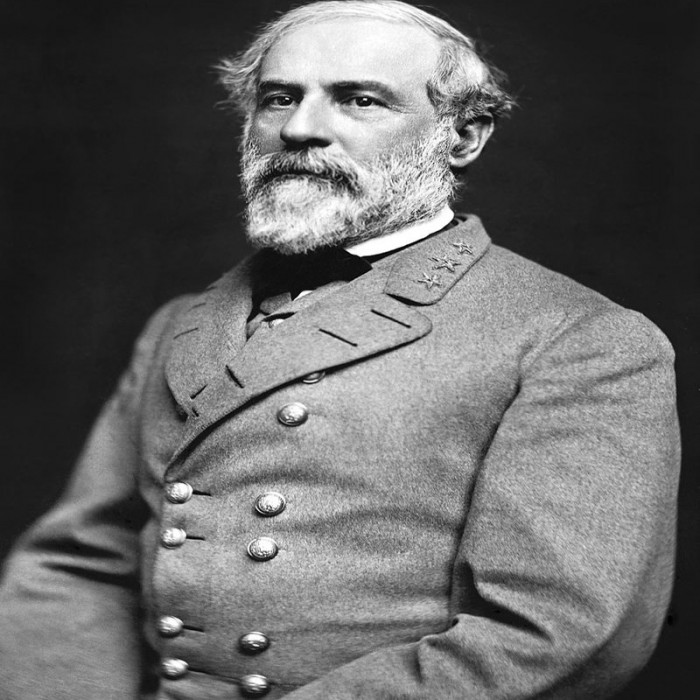
1807 – 1870

1800 – 1859
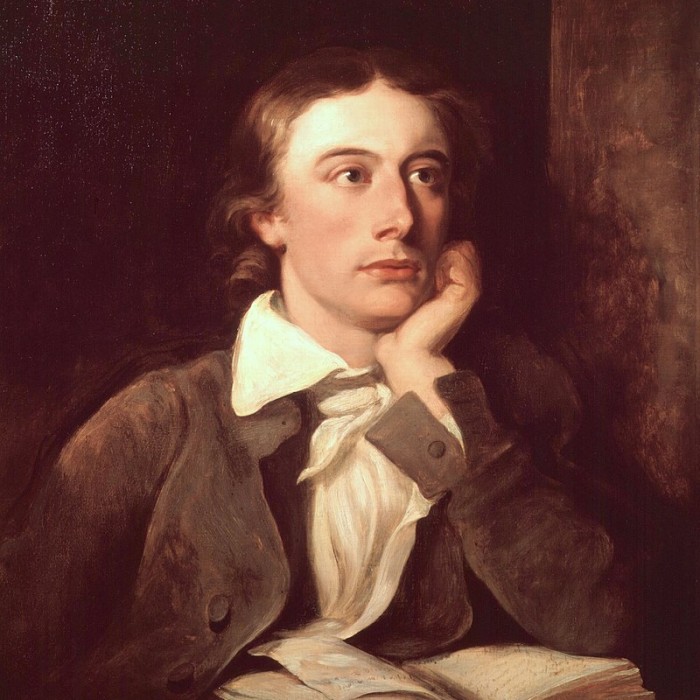
1795 – 1821
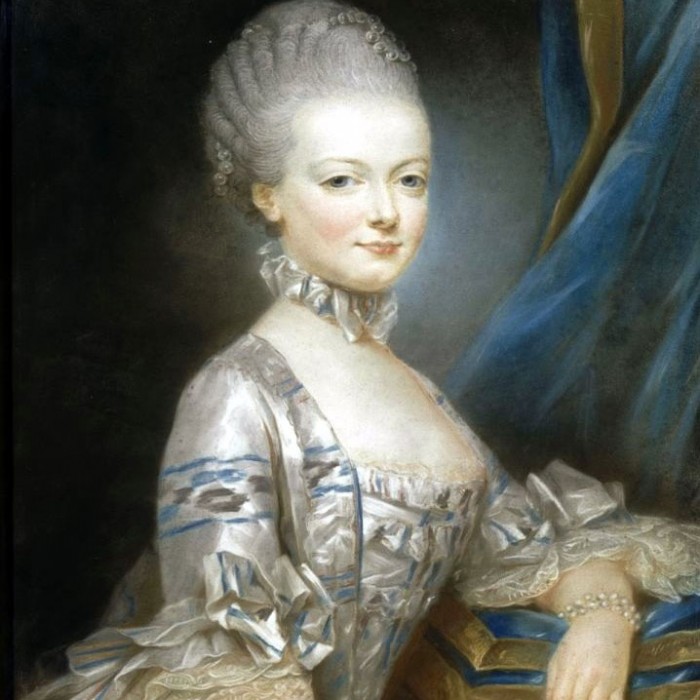
1755 – 1793

1984 -

1989 – 2011
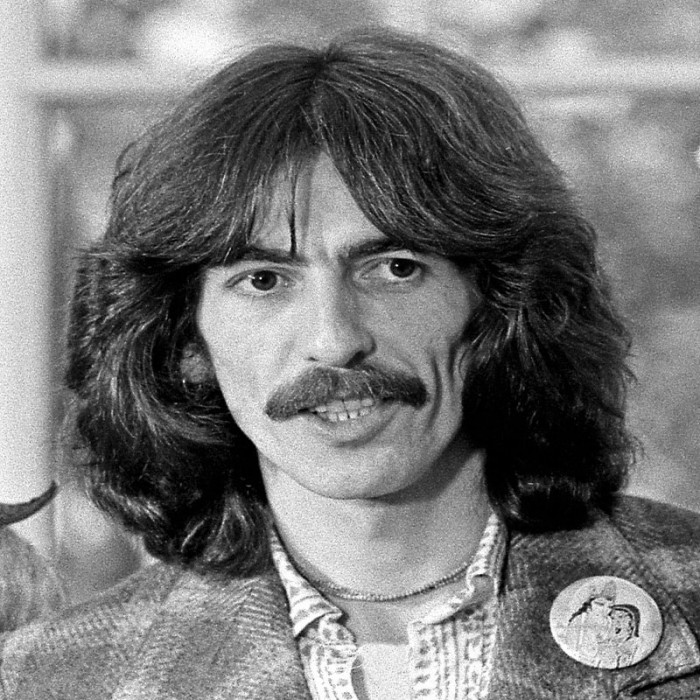
1943 – 2001

1815 – 1902

1929 – 1994

1767 – 1848
